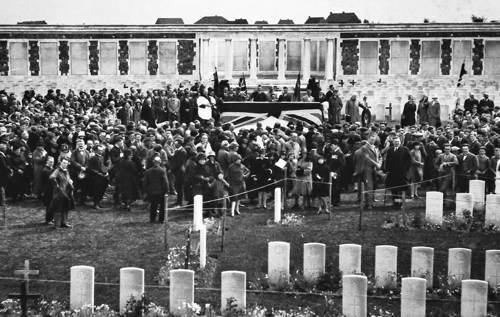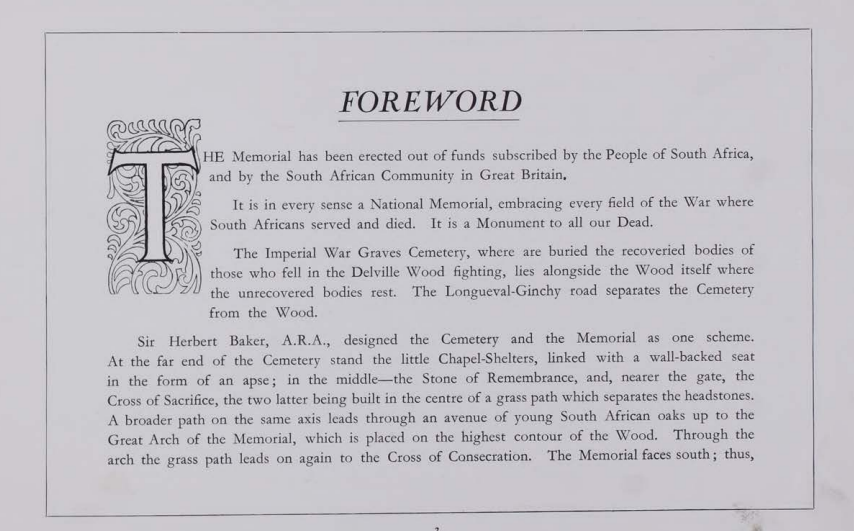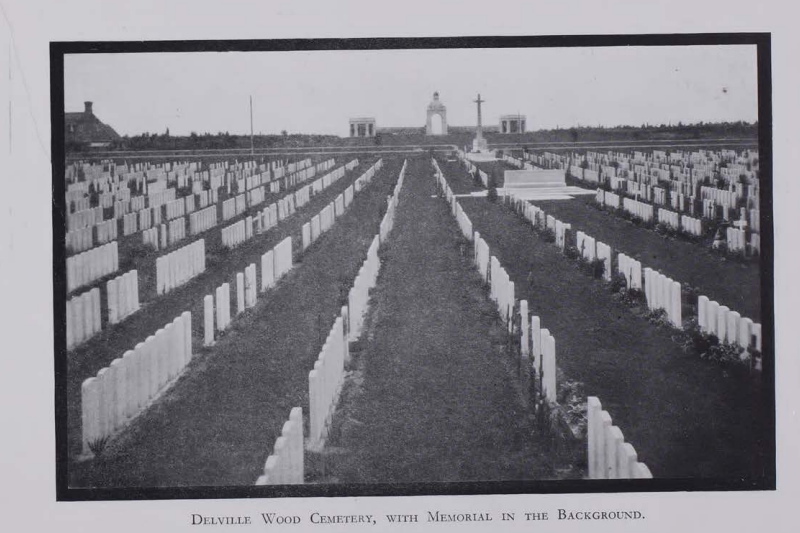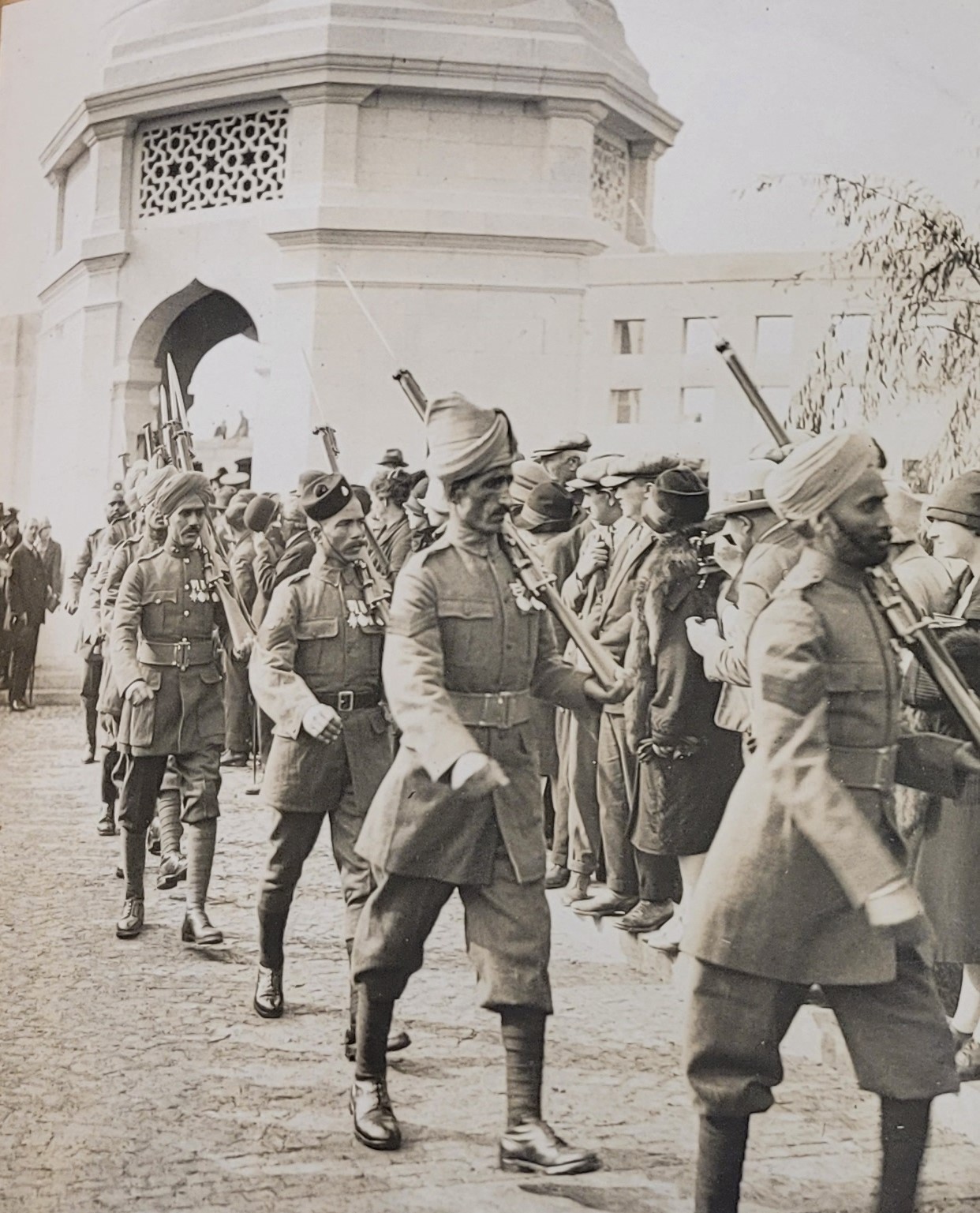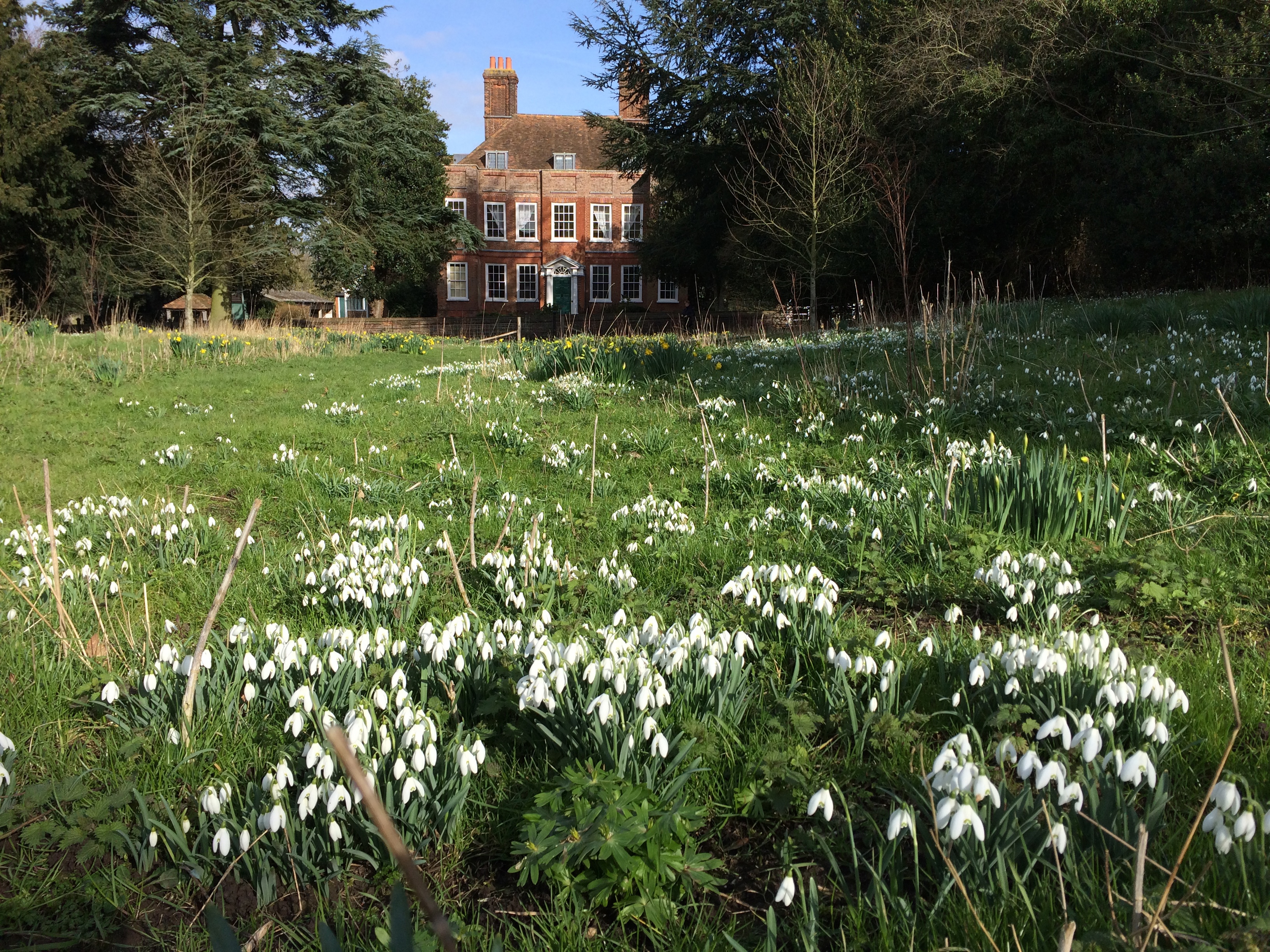07 June 2024
Celebrating Sir Herbert Baker on International Archives Day
9 June 2024, is not only International Archives Day but also marks 162 years since the birth of Sir Herbert Baker, one of the Commission’s principal architects.
The perfect reason for CWGC Public Engagement Coordinator Sarah Nathaniel to dive into our archives and look at the wealth of information we hold on Baker and his work.
We are also joined by Camilla Baker, Baker’s great-granddaughter and we talk to her about Herbert Baker and the work she is doing to perpetuate his legacy.
Over to Sarah and Camilla.
Who was Sir Herbert Baker?
 Image: Sir Herbert Baker
Image: Sir Herbert Baker
Sir Herbert Baker KCIE FRIBA RA was a British architect and designer.
Born on the 9th June, 1862, Baker had an influential career as an architect in South Africa and India. In 1917 he was invited by CWGC Sir Fabian Ware to visit the battlefield cemeteries of the First World War with a view to advising on the ‘general architectural treatment’.
Soon, Baker working with other architects to begin developing ideas for the design of the then Imperial War Graves Commission cemeteries and memorials.
Baker’s work for the IWGC
Baker was appointed as one of the Commission’s Principal Architects, alongside Sir Edwin Lutyens and Sir Reginal Blomfield, on 5 March 1918.
The Archive holds Baker’s staff card:

Image: Herbert Baker's IWGC staff card
Whilst working for the Commission, Baker was Principal Architect for the design of 112 cemeteries, which we can see listed here:
He is perhaps best known for his design of some of our most iconic sites and memorials to the missing, most famously at Tyne Cot but also the Indian memorial at Neuve-Chapelle, which commemorates 4,700 Indian soldiers with no known grave; the South African Forces Memorial at Delville Wood, and the Loos Memorial to the Missing.
This document shows the agreement to entrust the design of the Neuve Chapelle memorial to Baker at an IWGC meeting in 1923:

Image: The agreement between the Imperial War Graves and Sir Herbert Baker for the design of the Neuve Chapelle Memorial
There are many fascinating architectural drawings and plans for these sites in the Archive, alongside photographs from the unveiling ceremonies and the order of services:
Some of the really interesting documents in the Archive relate to the very early plans for headstone and cross design.
There was much discussion over these before the designs we recognise today were settled upon, and it is fascinating to see Baker’s ideas.
Baker was knighted in 1926, won the RIBA Gold Medal for Architecture in 1927 and became a member of the Royal Academy.
He died on 4 February 1946, aged 83, and was buried in Westminster Abbey, leaving behind a great architectural legacy.
If you would like to explore this further, you can access our Archive online, featuring many documents and designs charting the course of the Commission's lengthy history.
Speaking to Camilla Baker
We were able to speak with Camilla Baker, Herbert Baker’s great-granddaughter about his life and work and the legacy she hopes to promote through the new Herbert Baker Society.
What is your family connection to Sir Herbert Baker?
I am the great-granddaughter of Herbert. His eldest son was Henry, my father‘s father. I moved to Owletts when I was eight years old.
Owletts is the house where Herbert was born and died and which he gave to the National Trust complete with his collection of books, furniture and arts and crafts collections.
At Owletts there were black and white photographs and some paintings of his buildings; one of my favourites being the original design for Neuve Chappelle, with a dome over the top.
This was modified in the final design. There are a few items that were left with the family. One is a beautiful painting of Tyne Cot. The painting was recently on display in the ‘In Flanders Field’s’ museum.
When did you become aware of how influential Baker was?
I only slowly became aware of how influential he was as an architect, particularly for his work in South Africa and India, before he went on to work for the Imperial War Graves Commission, and it is by living at Owletts that we have continued to grow our knowledge as visitors have come and shared their stories with us.
Were you aware of the work he had done with the IWGC?
I first visited the war memorials and cemeteries as a teenager, like so many people, on a school history trip, but I didn’t appreciate until returning to
Owletts as a grown-up, the extraordinary shift in memorialisation that occurred during the First World War with the plans of the IWGC, particularly, that of everyone being treated of equal status.
I became very proud that he was part of this huge revolution in design and approach to memorials.
I recently took my son, aged 8, to visit some of the places on the Western Front that Baker designed.
The flatness of the landscape made the location of Tyne Cot very prominent, somehow that added to my understanding of why it was there and how much life was lost over slight inclines and muddy ground.
I could recognise Herbert's touch immediately - the statue atop the cupola, visually prominent and calling out to all round to remember.
I was amazed how many visitors there were even on a very dull, grey day. I loved how you are taken round on a path from the car park in order to walk in through the main entrance and that sense of procession and processing up to the Cross. I was very taken by the arrangement of different nations that sit in regimented lines which I learnt later was the original battlefield cemetery.
This cemetery is part of our national understanding and memory of the War, and yet many people go there without knowing Baker’s name.
We found in the letters of Herbert and Florence, his wife, a record of meeting a widow on a cold windy rainy day who had nowhere to sit and reflect, so Herbert always included spaces to sit and some cover from the elements as part of the design.
What do you think is Baker’s legacy?
I think Herbert’s legacy is greater than his colonial beginnings as I have learnt from setting up this Society of his range and reach. He built cathedrals, banks, bridges, houses and even a bathroom for a Princess, alongside his important work with the Commission. It is an extraordinary legacy that these memorials are to be kept in perpetuity in memory of those who gave their lives.
Herbert would love that people still connect to these spaces and to the meaning and care with which he designed them. I could see that people genuinely felt moved and were able to remember and reflect in their own ways in the space.
What do you hope to achieve with your new Herbert Baker Society?
With the Herbert Baker Society, we hope that we increase access to Herbert’s many and varied works. We aim to protect the artistic legacy of Herbert and his many collaborators: all skilled experts of their day. We want to be a hub connecting future makers, researchers and designers with researchers, experts, and the people who love and care for his buildings.
We will be opening membership in Autumn. If you have information or pictures, stories or a link to any of Herbert Baker’s work we would love to hear from you.
You can keep up to date at The Herbert Baker Society on its website or by emailing Camilla.
Our thanks to both Sarah Nathaniel and Camilla Baker for their participation in this article.





